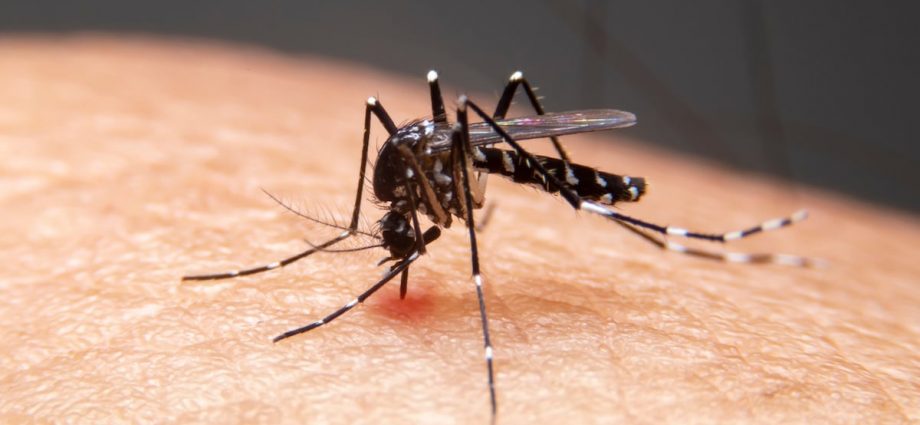MONDAY, Aug. 26, 2024 (HealthDay News) — Body heat is a powerful means by which mosquitos find human beings to bite, a new study shows.
Mosquitos were twice as drawn to a target in a laboratory if the source emitted heat roughly the temperature of human skin as well as carbon dioxide and human odor, researchers reported recently in the journal Nature.
Essentially, body heat is a newly documented sense that mosquitos use to locate humans, researchers concluded.
“What struck me most about this work was just how strong of a cue [body heat] ended up being,” said co-lead researcher Nicolas DeBeaubien, a postdoctoral researcher at the University of California, Santa Barbara (UCSB). “Once we got all the parameters just right, the results were undeniably clear.”
Mosquitos are one of the leading carriers of infectious disease in the world, researchers said in background notes.
Mosquito-borne malaria causes more than 400,000 deaths each year, researchers said. The insects also spread more than 100 million cases of dengue, yellow fever, Zika and other diseases annually.
The insects use a variety of different means to find humans, including their own vision and sensors they’ve evolved to detect exhaled breath and odor from people, researchers said.
However, those means are not individually accurate. Mosquitos’ vision is notoriously poor, and strong wind or rapid movement by a human can throw off their tracking of chemical traces like carbon dioxide from exhaled breath.
So researchers hypothesized that mosquitos might be using another way to help find humans — body heat.
To test the importance of body heat, researchers put female mosquitos in a cage divided into two zones. Each zone was exposed to human odors and carbon dioxide, but only one zone was also exposed to infrared radiation producing heat similar to skin temperature.
Adding the infrared heat doubled the insects’ host-seeking activity, researchers found, with that heat remaining an effective means of detecting humans up to about 2.5 feet.
“But any single cue alone doesn’t stimulate host-seeking activity,” noted senior researcher Craig Montell, a professor of molecular, cellular and developmental biology with UCSB. “It’s only in the context of other cues, such as elevated CO2 and human odor that [infrared heat] makes a difference.”
In fact, tests showed heat alone had no impact on the ability of mosquitos to find a target, researchers noted.
Looking more closely at the biology of mosquitos, researchers figured out that the pests have heat-sensing neurons in the tips of their antennae. Snipping off those tips eliminated the mosquitos’ ability to detect heat.
Blocking a temperature-sensitive protein in antennae called TPRA1 also eliminated mosquitos’ sensitivity to heat, results showed.
These findings could be used to build a better mosquito trap, by adding heat to other cues that would attract the pests, researchers said.
These results also explain why loose-fitting clothing helps prevent mosquito bites, researchers said. Not only does it block the bugs from getting to our skin, but the loose clothes also interfere with their ability to find body heat.
“Despite their diminutive size, mosquitoes are responsible for more human deaths than any other animal,” DeBeaubien noted in a UCSB news release. “Our research enhances the understanding of how mosquitoes target humans and offers new possibilities for controlling the transmission of mosquito-borne diseases.”
More information
The U.S. Centers for Disease Control and Prevention has more on mosquito-borne illnesses.
SOURCE: University of California, Santa Barbara, news release, Aug. 22, 2024
Copyright © 2025 HealthDay. All rights reserved.

